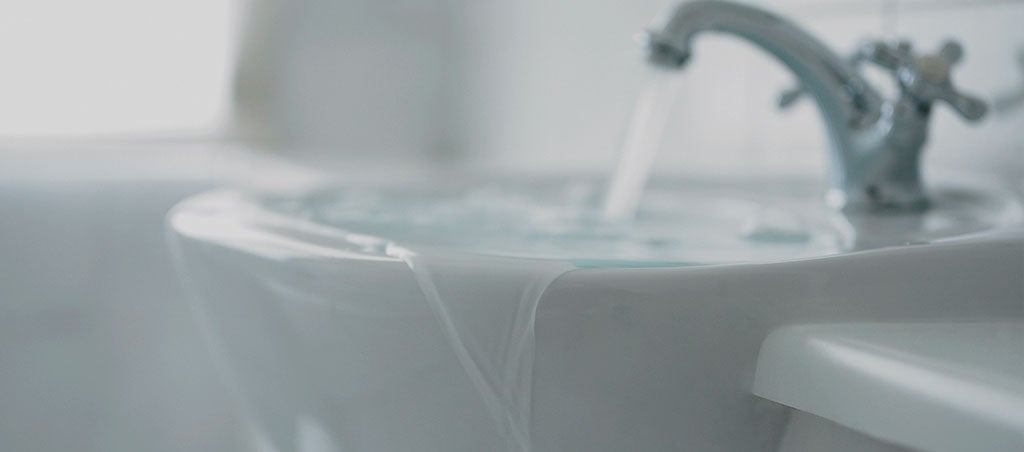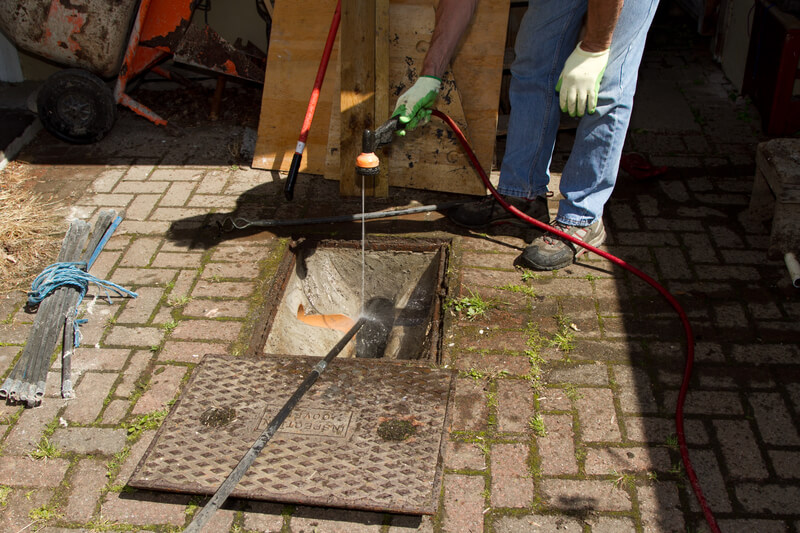They are making several great points about Some easy tips to fix blocked drains as a whole in this article underneath.

Intro
Dealing with an obstructed drain can be an irritating experience, interfering with day-to-day tasks and potentially creating damages to your residential or commercial property. However, before reaching out to plumbing professionals, there are steps you can require to address the problem yourself. In this overview, we'll check out DIY solutions and safety nets to deal with an obstructed drainpipe efficiently.
Recognizing the Concern
The very first step in resolving an obstructed drainpipe is acknowledging the indications. Slow drain, gurgling noises, foul odors rising from drains pipes, or water backing up are common indications of an obstructed drainpipe. Identifying these indications early can assist avoid additionally issues.
Picking the Right Plumbing Solution
When choosing a plumbing service, consider aspects such as experience, licensing, and client evaluations. Choose a trustworthy plumbing with a performance history of high quality handiwork and transparent prices practices.
Expense Considerations
The expense of expert drainpipe cleaning services can differ depending upon the intensity of the clog and the plumber's prices. Demand quotes from multiple suppliers and inquire about any kind of additional charges to make certain openness and prevent surprises.
Safety and security Measures
When attempting do it yourself drainpipe cleaning, focus on safety and security. Wear protective gloves and eyeglasses to stay clear of contact with dangerous chemicals or microorganisms. Never ever mix different drainpipe cleansing items, as this can create hazardous fumes.
Case Researches
Real-life examples show the effectiveness of DIY services and the value of prompt professional treatment in settling drainpipe blockages.
Usual Root Causes Of Blocked Drains
Recognizing the factors that add to drain pipes clogs is necessary for reliable resolution. Common wrongdoers include hair, soap scum, grease, food particles, and foreign objects like sanitary items or paper towels. Tree roots invading underground pipelines can likewise cause substantial clogs.
Do it yourself Solutions
For small clogs, several DIY remedies can be reliable. Pouring boiling thin down the drain can help liquify oil and particles. Sodium bicarbonate and vinegar or a mixture of salt and baking soft drink can serve as all-natural cleaners. Utilizing a plunger or plumbing serpent to remove blockages is an additional choice.
Devices and Devices
Having the right tools on hand can make DIY drainpipe cleansing much more effective. A bettor is a flexible device for getting rid of clogs in sinks, toilets, and showers. A pipes serpent or auger can get to much deeper obstructions, while drainpipe cleaning chemicals can be used very carefully for persistent blockages.
Safety nets
To prevent future blockages, embracing safety nets is essential. Install drainpipe guards or strainers to capture hair and debris before they go into the pipes. On a regular basis flush drains pipes with hot water to liquify oil build-up, and stay clear of taking care of oil or solid waste down the drain.
When to Call an Expert
While DIY services can deal with small obstructions, specific indicators indicate the demand for specialist help. Persistent blockages, foul odors regardless of cleaning up efforts, or numerous drains pipes backing up simultaneously are red flags that warrant professional intervention.
Final thought
By complying with the tips detailed in this overview, you can efficiently tackle blocked drains pipes and stop future pipes problems. Whether opting for DIY services or seeking expert aid, timely action is essential to keeping a healthy plumbing system and maintaining the integrity of your home.
WHAT I LEARNED FROM TRYING TO DEAL WITH A CLOGGED DRAIN
We have had our share of seepages and other annoying things that are part of living, especially in an apartment complex. And if there’s one thing that’s terrifying for a homeowner—or even someone in a rented home—it is a clogged drain, indoors or outdoors.
We enjoy our living space, but it’s simply a fact of life that dead skin, soap and a host of other items go down the drain; eventually, the residue builds up and prevents anything from moving. Ugh.
Not Calling A Professional
Of course, it might seem simple to just whip the pipe off under the sink and see if you can unblock it. Unfortunately, what if the blockage isn’t there, or you don’t reconnect it properly? Worse, you might break a piece and have no drainage system. Can you imagine that scene? Yuck!
Not Watching Your Waste
This will sound d’uh, but the best tip I can give you for drain cleaning is to avoid clogging the drain in the first place! You can do this by monitoring what goes down the drain and catching the items which are most likely to give you a problem. Invariably hair, vegetable peels, and large wads of toilet paper are the most obvious culprits. Add a filter—these are available in hardware stores and can be removed and cleaned easily.
Poking The Drain
The first urge with a clogged drain is to poke at it with a stick or anything that resembles a stick. Sadly, this does not result in magically solving the issue. The mental image is, naturally, one of the stick just pushing through the offending item and all is well again. Reality is quite different and unpleasant and likely to lead to further problems.
The thing is, every drain has a series of bends that are not visible to us. Drains are built this way to prevent gases from entering the house. What happens when you poke a stick into the drain? Of course, it can’t bend around the corner. The more adventurous people will use force and end up wedging the stick or causing it to break off in the pipe—creating an even bigger issue. Worst thing? The stick will shift the block further down the pipe, creating the space for more to collect. Go ahead! Roll your eyes!
Using The Wrong Plunger
You know what they say: the right tool for the right job! Did you know there are different types of plungers besides the basic one we keep at home for an emergency? Yes, there are. For example, the toilet plunger has a bell-shaped bottom while the sink plunger is flat. This is an important difference and using the wrong plunger will be useless. There’s also a knack in using plungers—they must be placed in such a way that they create an airtight seal and then, moved slowly up and down—not as fast as we imagine.
https://vidyasury.com/2018/01/learned-trying-deal-clogged-drain.html

I was brought to that report on from an acquaintance on another web address. Kindly set aside a second to share this write-up if you enjoyed it. We thank you for your readership.
Call